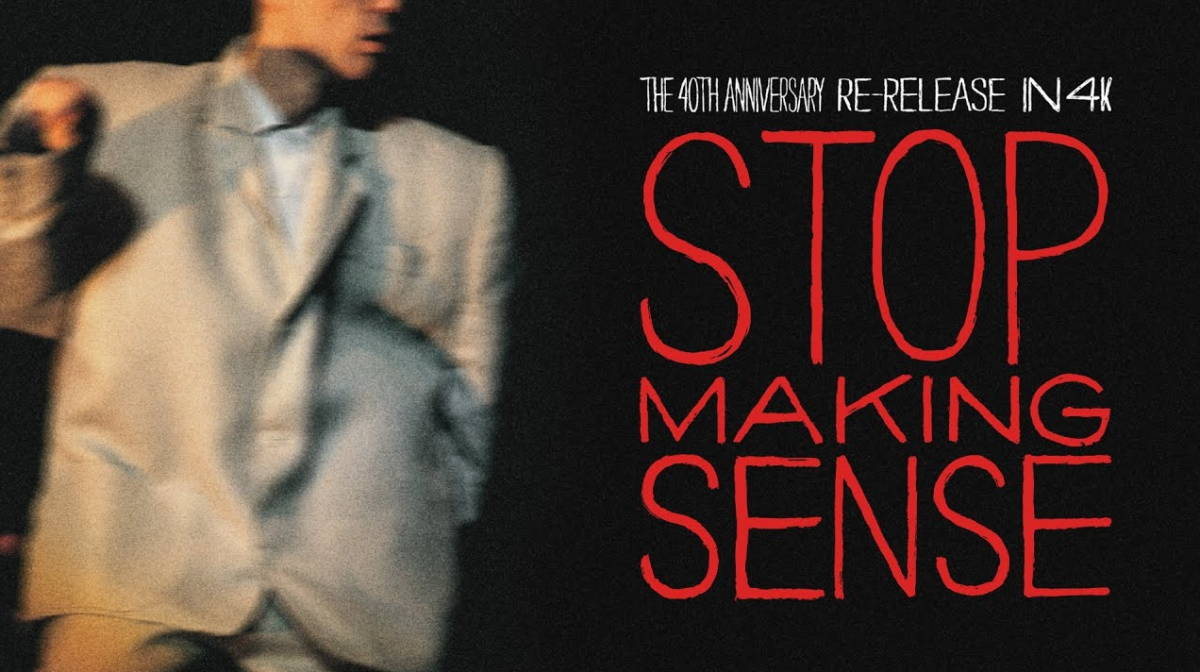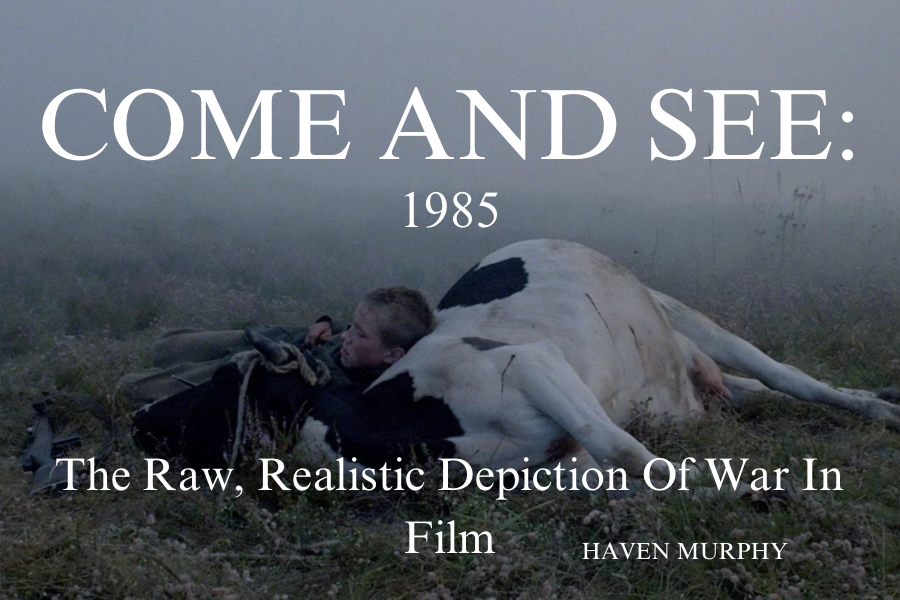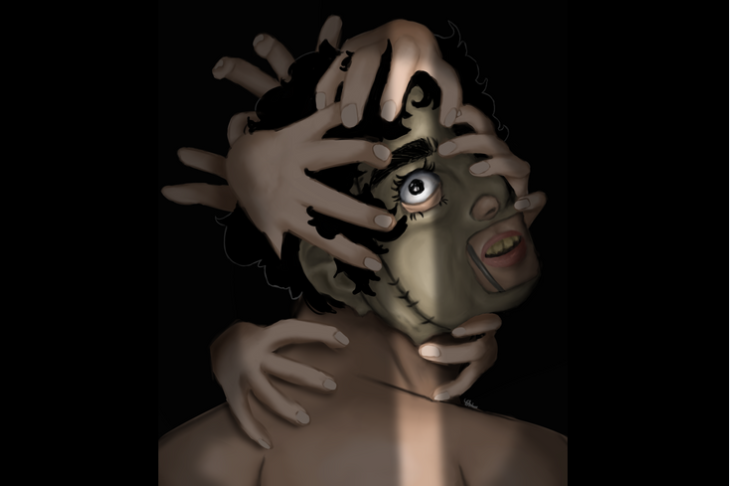Forty years ago this December, David Byrne walked onto an empty stage in Los Angeles with a boombox and an acoustic guitar and announced to his audience, “Hi. I gotta tape I wanna play.” The next 90 minutes was captured by the late film maker Jonathan Demme in what has been called one of the greatest concert films of all time, “Stop Making Sense”. The film was remastered and re-released in theaters this fall in celebration of the film’s fortieth anniversary.
Byrne, the ever-eccentric changeling, begins the concert on stage by himself playing the Talking Head’s first-ever single from 1977, “Psycho Killer.” Alternating between lyrics in English and French while inhabiting the persona of a serial killer, Byrne signals from the very beginning that the Talking Heads are not your typical rock and roll band.
Each of the first four songs welcomes a different member of the band to the stage, until all four members of the Talking Heads are finally on stage together. Growing the band in this way adds to the theatricality of the film and lets the viewer hear and appreciate the unique sound and artistry that each member brings to the band.
By the fifth song of the concert, the band is joined by five additional musicians who add layers of funk and R&B to the artsy new wave sound of the Talking Heads. These musicians are not relegated to the background, but are instead added to the foreground of the stage. The film highlights the communication and the conversation that seems to be happening in real time between these gifted artists.
While the concert does not include the constant costume changes and show-stopping choreography of today’s stadium concerts, the film does capture some subtle yet iconic moments on stage. At one point, Bryne comes out in a giant oversized suit that makes his head look half the size it should be. Soon after, Byrne is dancing with a floor lamp as images of body parts are projected on screen behind the band. Song after song, the band members join him with organic and seemingly impromptu dancing on stage. Eight musicians running in place while Byrne does laps around the risers never looked so natural and so good.
The versatility of the musicians gives this band multiple sounds and allows them to explore genres well beyond rock. The film’s varied lighting sources — sometimes from off stage, sometimes from below the singers – makes the band look like they contain multitudes. Most importantly, the film captures the joy the musicians are able to create together on stage. They seem like a group of friends drawn to each other and to their music, rather than a group of performers who were selected to participate in a stage show after a series of auditions.
While Talking Heads and “Stop Making Sense” are sometimes dismissed as “art rock” because of their eccentricity and often impenetrable lyrics, the film succeeds by capturing these artists doing what they love. The film is refreshing because the artists seem completely unconcerned with appeasing their following. Forty years later, the film feels fresh and unburdened by the weight of expectations. The viewer is pleased to let Talking Heads be their own joyful group – whether they make sense or not.









